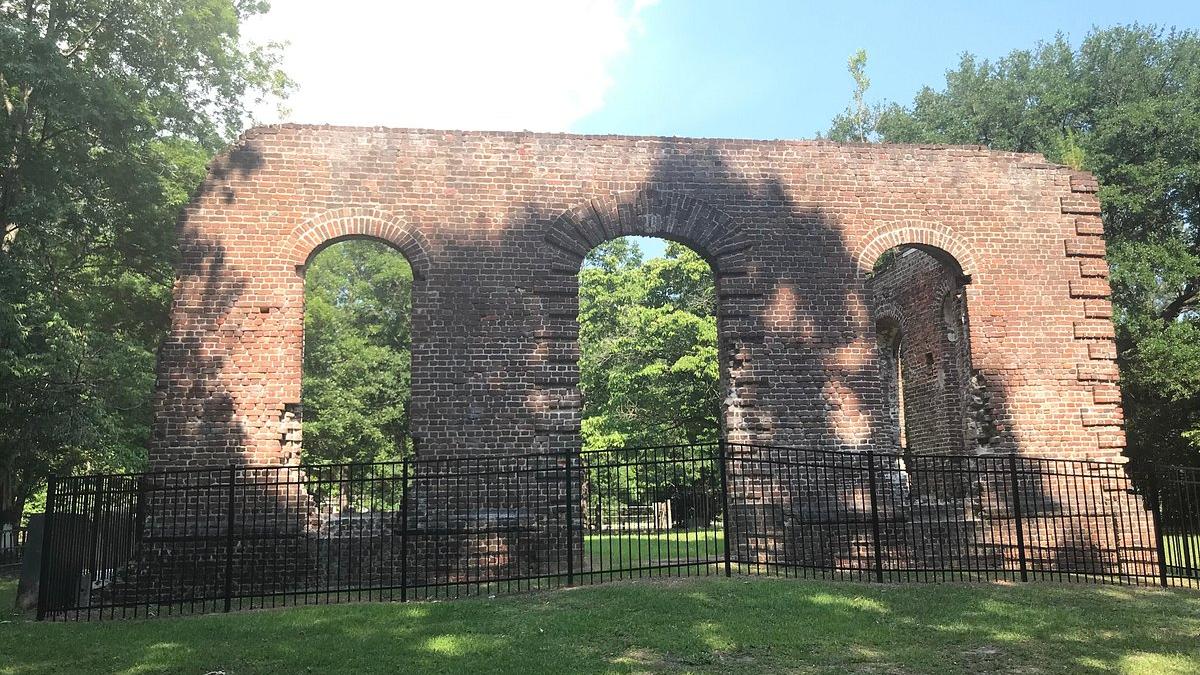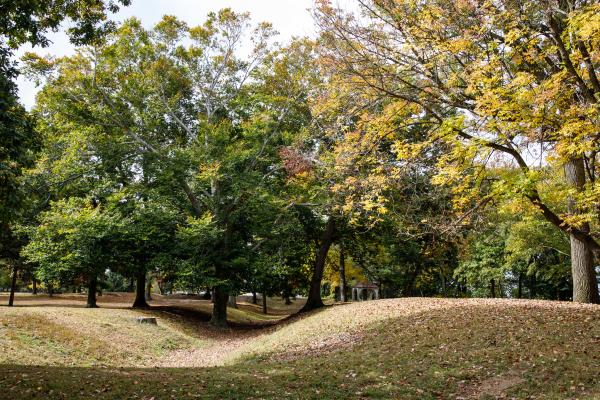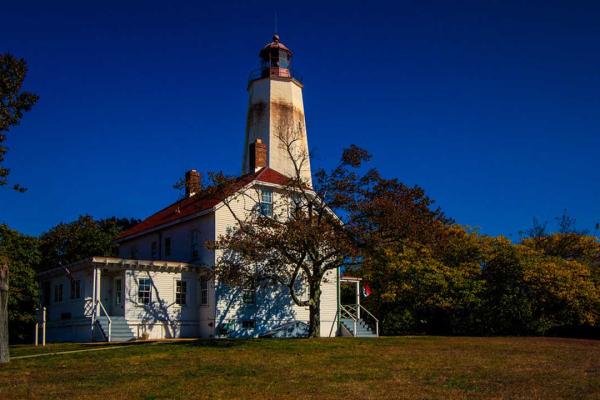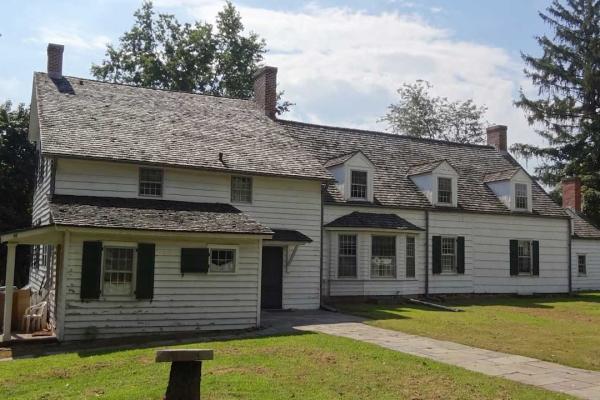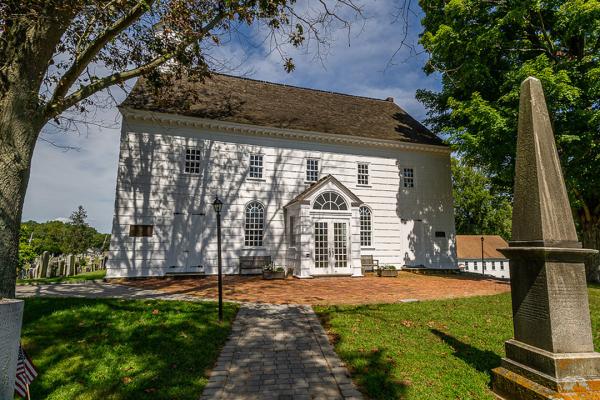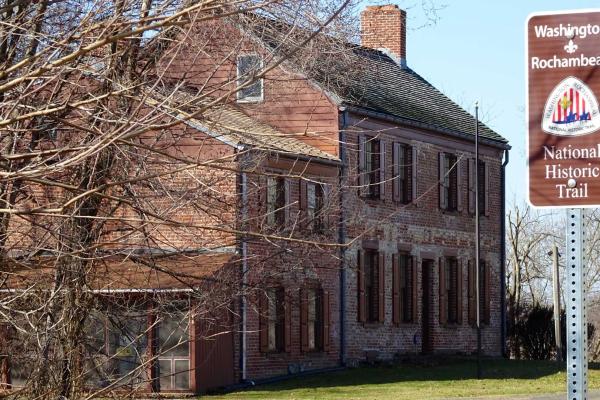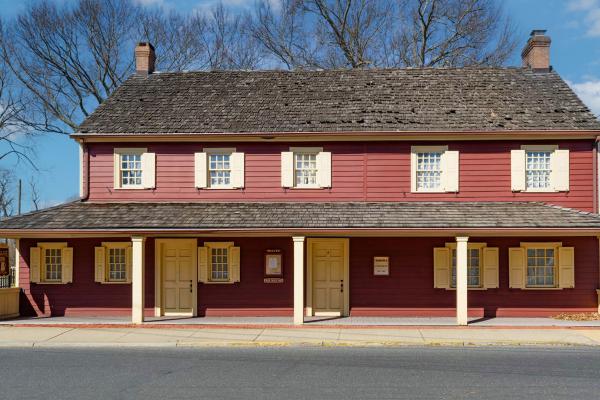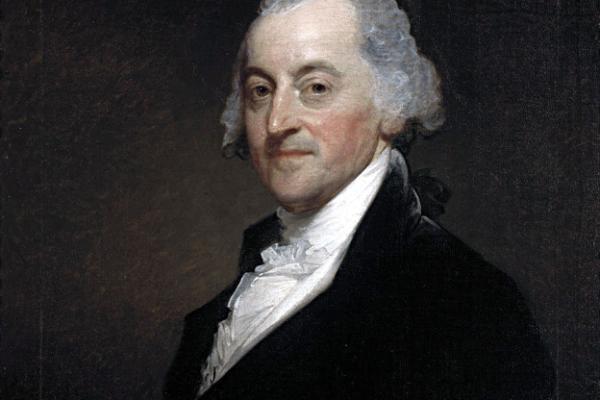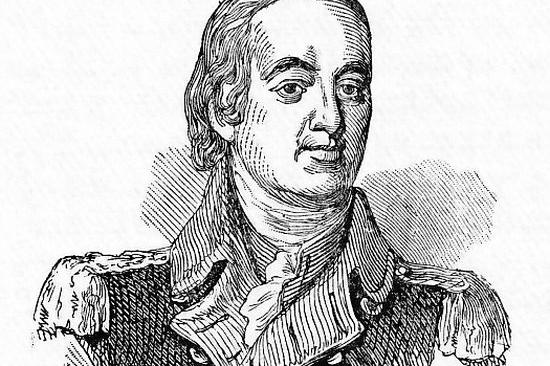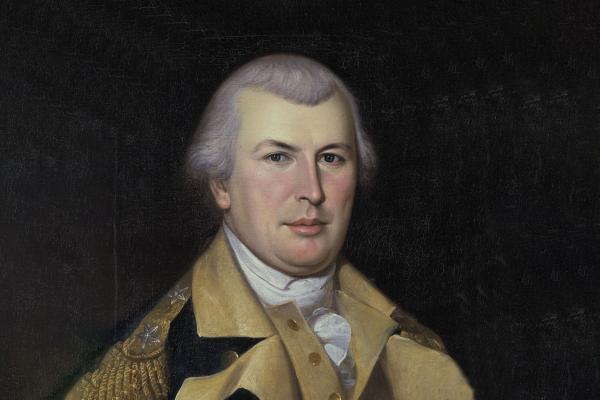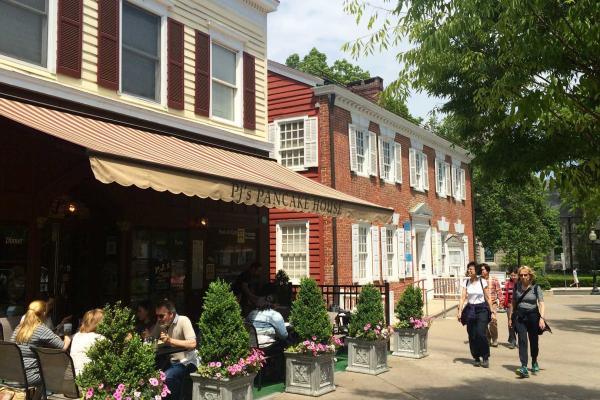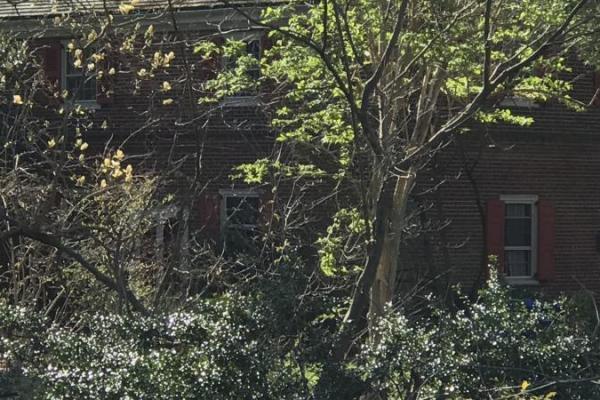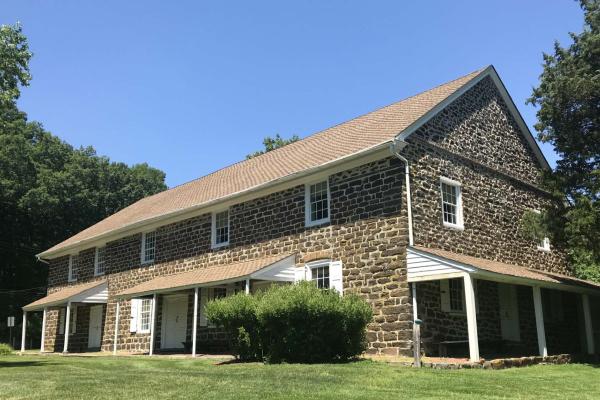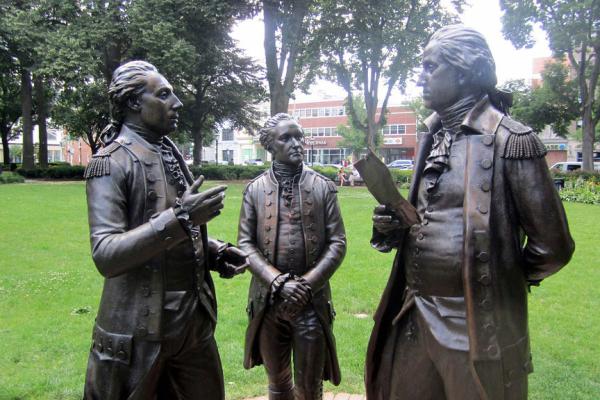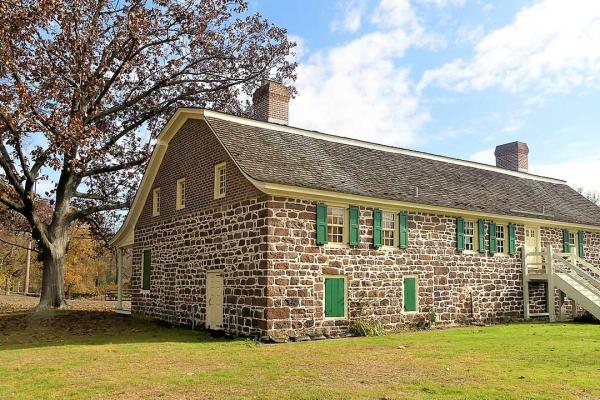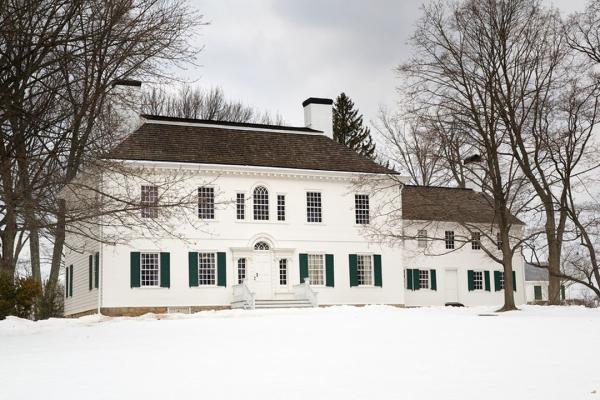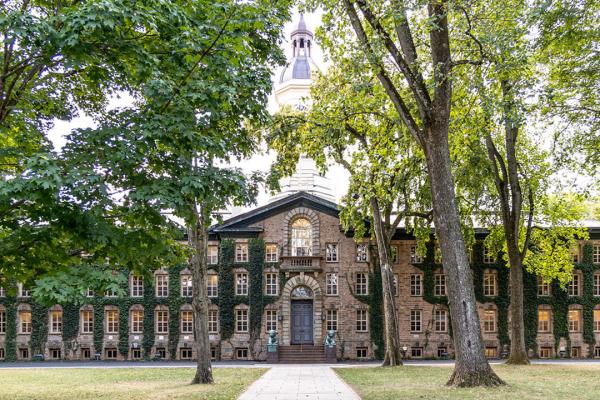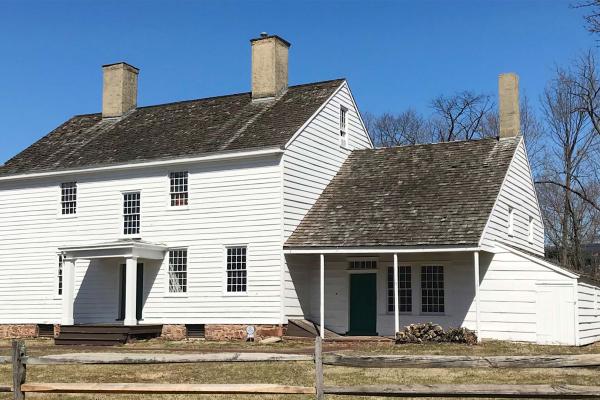Also known as the Battle of Fort Mercer, Hessian forces under Colonel Von Donop unsuccessfully stormed this fort on the 22 of October, 1777. Halted by...
In the final days of the Revolutionary War, Rockingham became General George Washington’s last wartime headquarters, where he penned his Farewell...
The Royal Governor's Mansion of New Jersey is the only remaining proprietary governor's mansion of the original Thirteen Colonies still standing today...
A strategic location for the defense of New York's harbor, the Continentals failed to reinforce this peninsula, leading to the city's capture in...
Constructed in the early 1740s, this home acted as the headquarters of Baron Von Steuben during the Continental Army's cantonment in 1779. Today, it...
Located just behind the Continental artillery line on Perrine Ridge, this Presbyterian church now houses the remains of several patriots in its...
Located on the Princeton Battlefield, this home served as a field hospital in the wake of the battle. At this site, Patriot officer Hugh Mercer died...
Utilized during the second Middlebrook encampment by the Continental Army, this home served as the headquarters for Nathanael Greene from 1778-1779.
This tavern marked the turning point of Washington's advance against Henry Clinton's column. It was here that the order was given to Charles Lee to...
Liberty Trail History Makers
The Revolutionary War was a war unlike any other — one of ideas and ideals, that shaped “the course of human events. Explore the history and personalities from this pivotal time in American history.Colonel Samuel Griffin, a Virginia lawyer and officer in the Continental Army, played a key role in the 1776 campaign, leading militia units in New Jersey and engaging the Hessians near Mount Holly. Stricken by illness during critical battles, he later served as mayor of Williamsburg and a U.S. congressman after the war.
William Alexander, known as “Lord Stirling,” was a wealthy New Yorker who claimed a Scottish title and became a key Continental Army officer during the Revolutionary War, earning distinction at the Battle of Long Island and later serving in major campaigns like Princeton and Brandywine. Despite his aristocratic airs, he proved a loyal patriot and capable commander, ultimately dying of gout in 1783 just before the war’s end.
Soon after Greene took command of the southern theater, the tide of war began to turn in favor of the Patriots. Greene and his men turned south to reconquer the South Carolina backcountry. Throughout 1781, Greene steadily drove the British back to Charleston, which they abandoned the following December.
A Scottish exile turned American Patriot, Hugh Mercer rose from a fugitive of the Battle of Culloden to a trusted officer under George Washington. Mortally wounded while rallying his men at Princeton, his sacrifice became a symbol of American perseverance in the Revolution.
